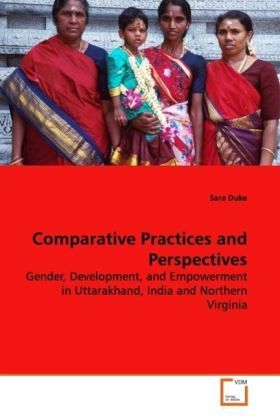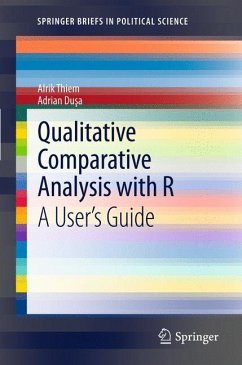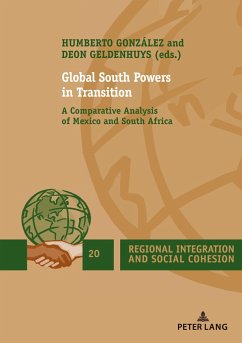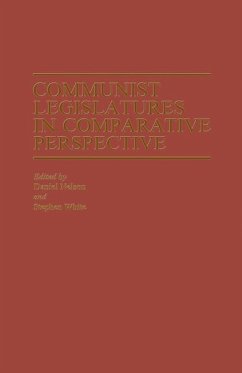
Comparative Practices and Perspectives
Gender, Development, and Empowerment in Uttarakhand, India and Northern Virginia
Versandkostenfrei!
Versandfertig in 6-10 Tagen
68,00 €
inkl. MwSt.

PAYBACK Punkte
0 °P sammeln!
This is a qualitative comparative case study which investigated the values, practices, perspectives, and strategies of Indian and American community organizers (practitioners and volunteers of non-profits and non-governmental organizations) who use microfinance, including savings schemes, as an instrument within the social intermediation process of developing disadvantaged women's capacities for self-sufficiency/empowerment. The focused inquiry was conducted through in-depth interviews of directors, staff members and volunteers/community-based organizers of a women s business center in Norther...
This is a qualitative comparative case study which
investigated the values, practices, perspectives,
and strategies of Indian and American community
organizers (practitioners and volunteers of non-
profits and non-governmental organizations) who use
microfinance, including savings schemes, as an
instrument within the social intermediation process
of developing disadvantaged women's capacities for
self-sufficiency/empowerment. The focused inquiry
was conducted through in-depth interviews of
directors, staff members and volunteers/community-
based organizers of a women s business center in
Northern Virginia, a large US metropolitan area, and
a women s federation in the rural Himalayas. Katz s
framework for constructing analytical topographies,
contour lines and countertopographies was used to
structure the various levels of analysis.
Differences were explained by situating each
organization in Mayoux s theoretical paradigms
of Women s Empowerment through Microfinance.
Analyses concluded with the construction of
countertopographies on practices and
strategies aimed towards collectively empowering
women in disparate places around the world.
investigated the values, practices, perspectives,
and strategies of Indian and American community
organizers (practitioners and volunteers of non-
profits and non-governmental organizations) who use
microfinance, including savings schemes, as an
instrument within the social intermediation process
of developing disadvantaged women's capacities for
self-sufficiency/empowerment. The focused inquiry
was conducted through in-depth interviews of
directors, staff members and volunteers/community-
based organizers of a women s business center in
Northern Virginia, a large US metropolitan area, and
a women s federation in the rural Himalayas. Katz s
framework for constructing analytical topographies,
contour lines and countertopographies was used to
structure the various levels of analysis.
Differences were explained by situating each
organization in Mayoux s theoretical paradigms
of Women s Empowerment through Microfinance.
Analyses concluded with the construction of
countertopographies on practices and
strategies aimed towards collectively empowering
women in disparate places around the world.












